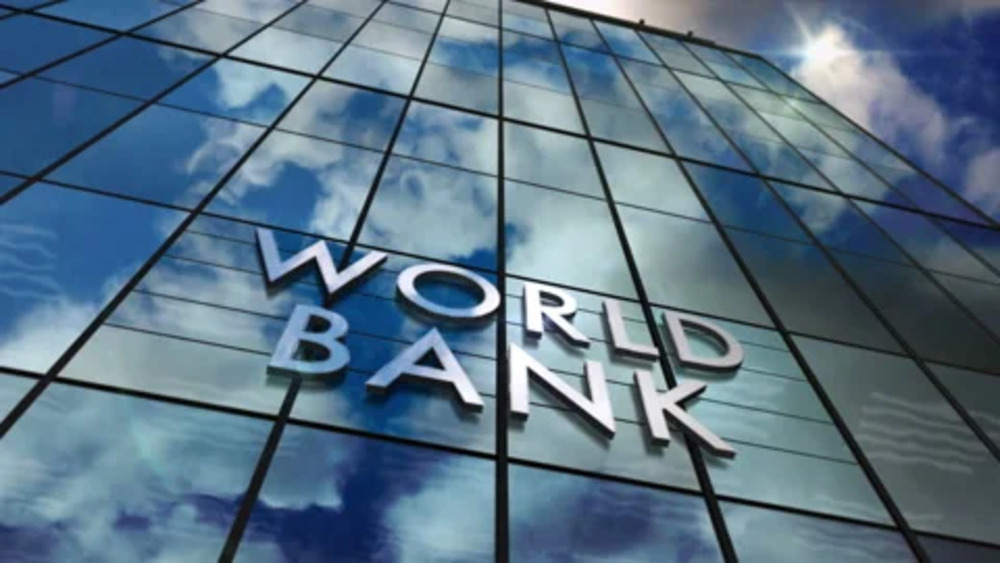According to a so-called evolution roadmap, the World Bank is looking to significantly increase its lending capacity to address climate change and other global crises. The Bank will negotiate with shareholders on proposals that include a capital increase and new lending tools before meetings in April.
The roadmap document shareholder nations got, is the first step in negotiating to change the bank’s mission and financial resources. It means moving away from the country- and project-specific lending model it has employed. This model was in practice since the founding of the World Bank at the conclusion of World War Two.
According to the document, the World Bank administration hopes to have concrete suggestions to alter the organization’s goal, operational structure, and financial capacity ready for consideration by the World Bank and International Monetary Fund (IMF) development teams later this year.
According to a World Bank representative, the document aimed to give specifics on the evolution’s scope, strategy, and timing. It will frequently update shareholders and decisions later in the year.
World Bank explores new financing tools
According to the document, the development lender will investigate options such as a potential new capital increase, adjustments to its capital structure to enable more lending, new financing tools like guarantees for private sector loans, as well as other approaches to mobilize more private capital.
The World Bank Group (WBG), however, says management will look into all options that increase the WBG’s capacity while maintaining the AAA rating of the WBG entities. This contrasts with demands from some non-profit organizations that the WBG give up its longstanding top-tier credit rating in order to increase lending.
Harnessing private capital to fund investments
The World Bank and other organizations are changing their business models to increase lending and use private capital to finance investments that benefit the entire world. It means assisting middle-income countries in moving away from coal power, according to Janet Yellen, the U.S. Treasury Secretary.
The bank reported that suggestions under consideration include raising the statutory lending ceilings, lowering the equity-to-loan ratios, and using callable capital, or funds that member states have pledged but have not yet paid in, for lending.
According to development experts, this change would significantly enhance lending compared to the capital structure’s current use of exclusively paid-in capital.
The bank stated in the document that the issues the globe is facing demand a significant increase in the help of the international community. It will take a coordinated effort by shareholders and management to increase WBG’s financing capability for the WBG to maintain its prominent position in climate and development finance.
Capital increase to improve the capacity and scope of the World Bank
The roadmap paper warns that an increase in financing for needs such as food security, health care, and climate change may necessitate an increase in capital to increase the capacity and scope of the International Bank for Reconstruction and Development (IBRD), the World Bank’s middle-income lending structure.
The COVID-19 pandemic, the war in Ukraine, and the effects of accelerated climate change were among the crises that the IBRD’s $13 billion capital boost in 2018 was intended to be prepared for, rather than several, overlapping catastrophes, the document added. By mid-2023, the IBRD’s crisis buffers will likely be exhausted, it predicted.
Periodic contributions to the World Bank lender’s fund
The roadmap also suggests that World Bank shareholder nations increase their regular contributions to the International Development Association (IDA), the lender’s fund for the world’s poorest countries, which have decreased in recent years despite rising needs.
The plan also provides the option of setting up a new trust fund for middle-income nations that would provide concessional loans with a focus on global public goods and a structure akin to IDA, with recurring cash replenishments that would be distinct from the capital structure of the bank.
According to the bank, such a fund might draw donor bilateral resources apart from shareholder budget lines supporting the WBG and might even include donors other than shareholders, such as private foundations.
The bank stated that extra staff and budget resources, which have decreased by 3% in real terms over the previous 15 years, are necessary to carry out its aim to boost climate lending while retaining positive development outcomes.

